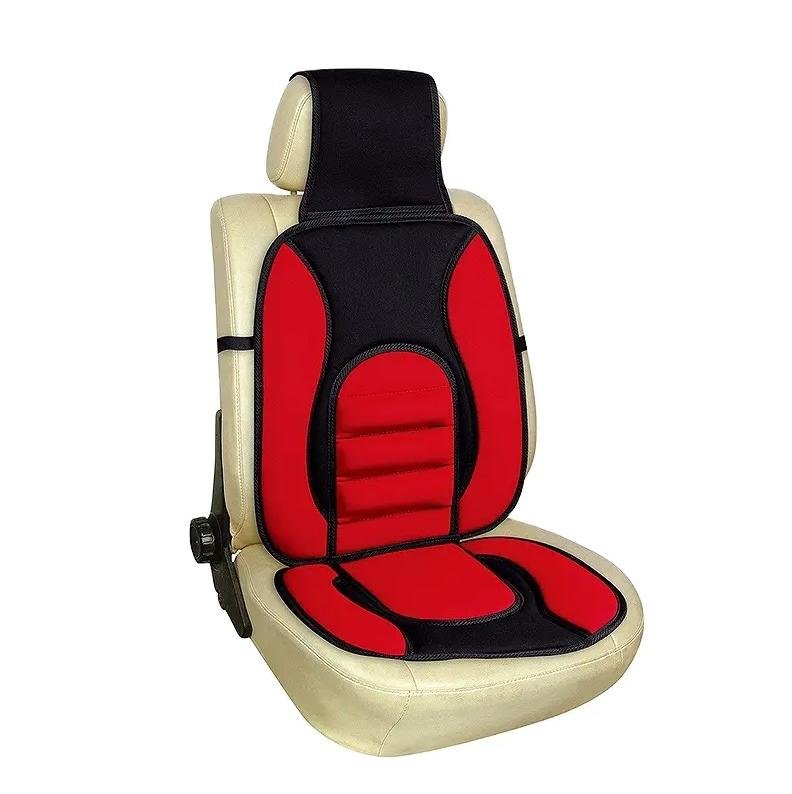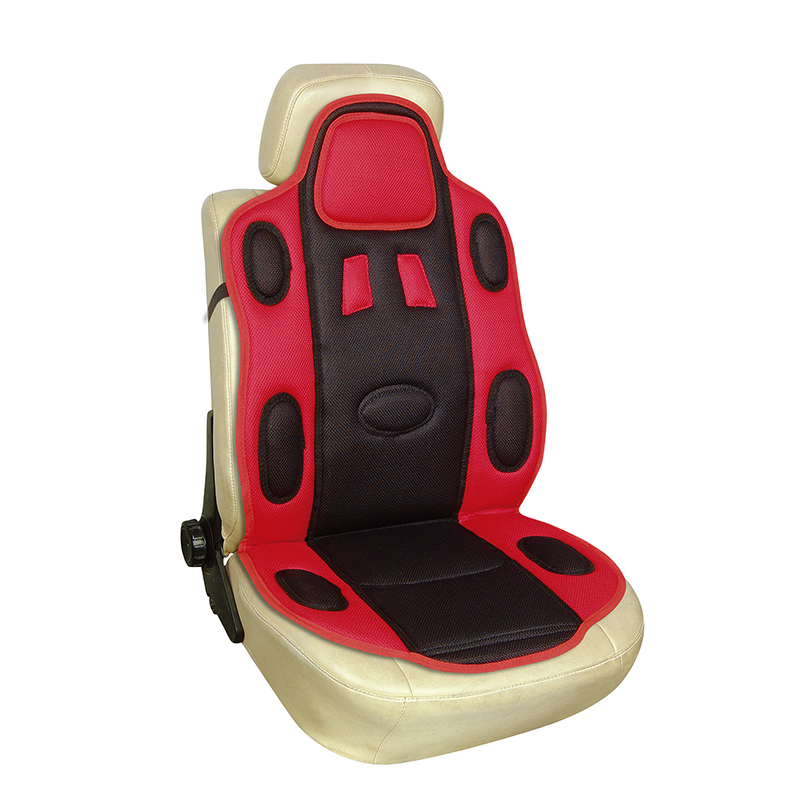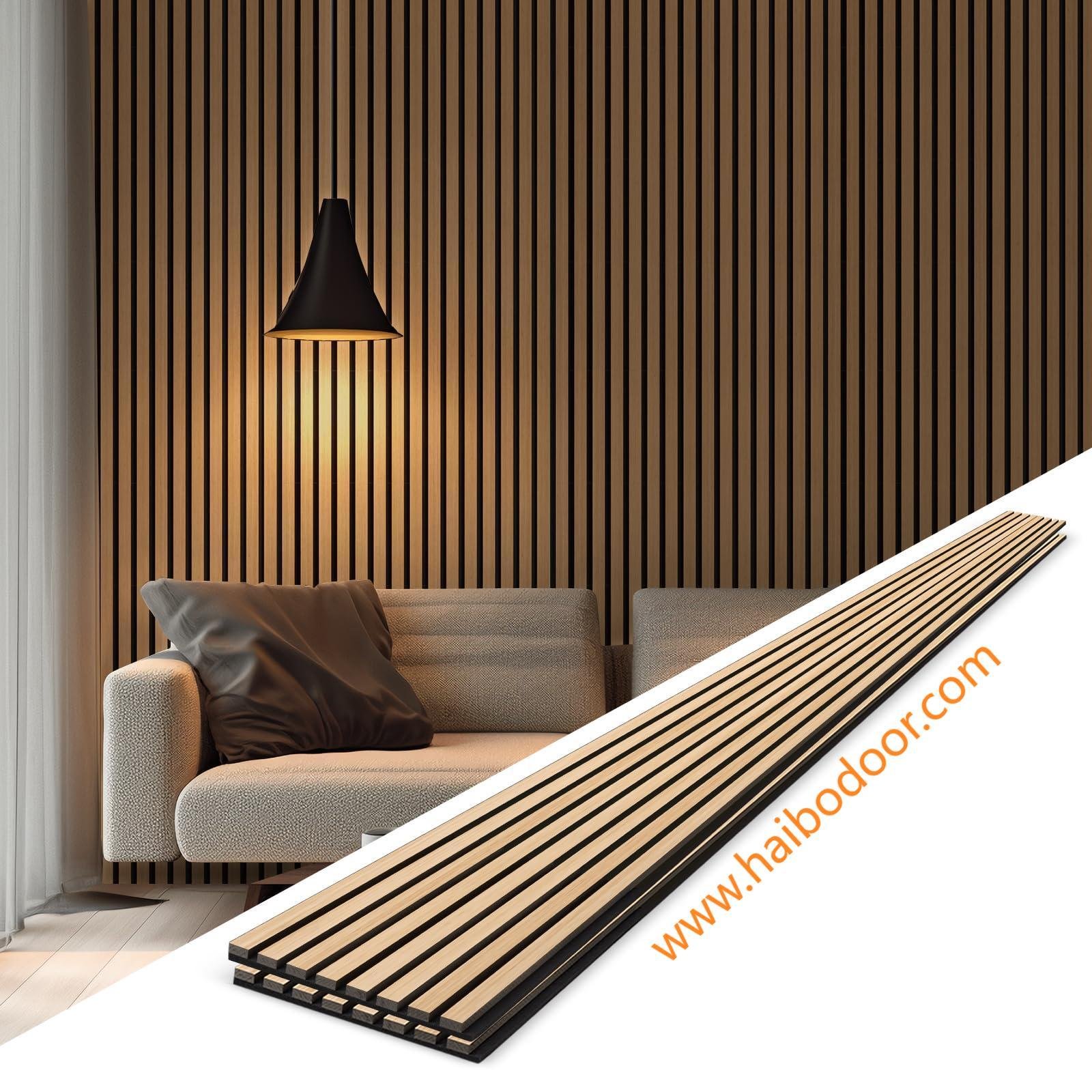Practical Considerations for Car-Specific Seat Cushions

Selecting a Seat Cushion that integrates seamlessly with your vehicle’s interior enhances both comfort and aesthetics. A well-chosen Seat Cushion should align with the seat’s dimensions, adjustability features, and existing materials without hindering functionality.

Fit Considerations:
Size: Measure seat width/depth. Oversized cushions may bunch up; undersized ones shift.
Shape: Bucket seats need contoured cushions; flat benches accommodate rectangular designs.
Height: Thicker cushions raise seating position – ensure clear sightlines and headroom.
Compatibility: Check if heated/cooled seats or built-in airbags are obstructed.
Material Coordination:
Match cushion covers to your car’s upholstery for a cohesive look:
Leather/vinyl interiors pair well with synthetic or real leather covers.
Fabric seats harmonize with woven textiles or breathable mesh.
Dark-colored hides dirt but absorbs heat; light shades stay cooler but show stains.
Functional Integration:
Non-Slip Bases: Silicone dots or rubberized backing prevent sliding during turns.
Seat Anchor Cutouts: Ensure cushions don’t block seatbelt latches or child-seat anchors.
Adjustability: Test if the cushion affects lumbar controls or seat-position memory.
Style Tips:
Neutral colors (black, gray, beige) blend with most interiors.
Stitching or piping details can echo a car’s accent lines.
For sporty interiors, consider streamlined, low-profile designs.
Practicality matters for daily use. Removable, machine-washable covers simplify cleaning. Pet owners might prioritize stain-resistant fabrics; families may opt for waterproof liners. Ventilated designs prevent upholstery sweat damage in humid climates. A Seat Cushion that complements – rather than clashes with – your car’s interior ensures comfort feels like a natural extension of the vehicle, not an afterthought.







